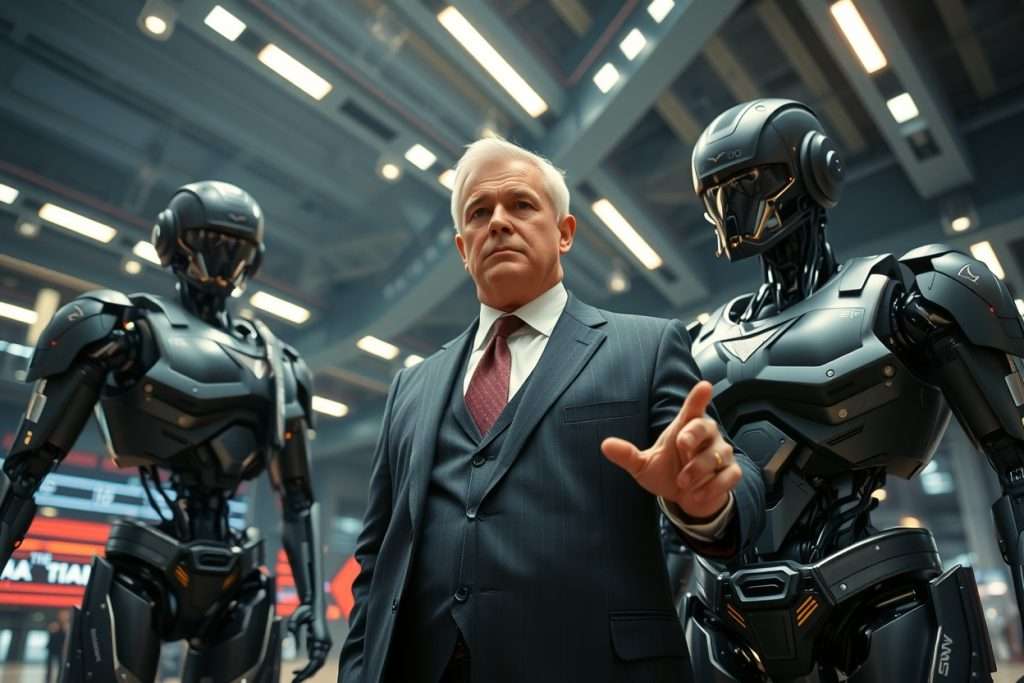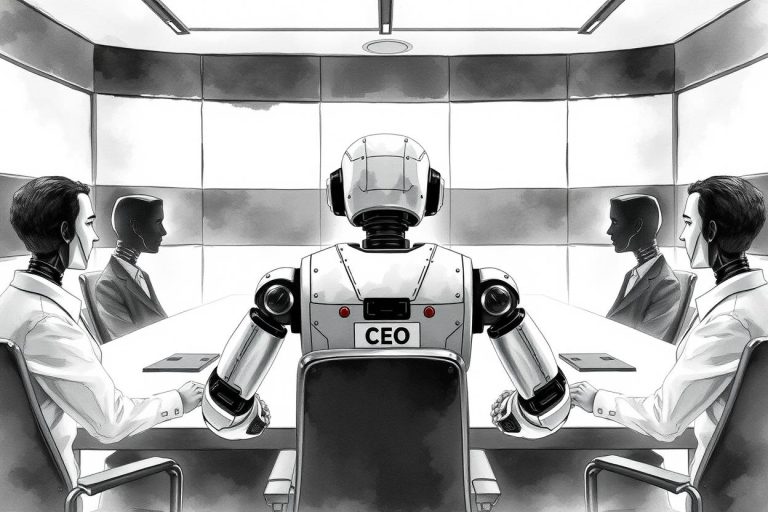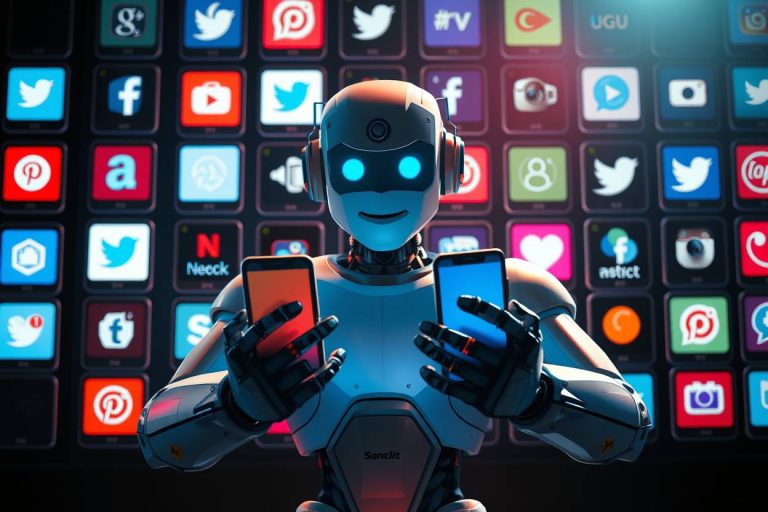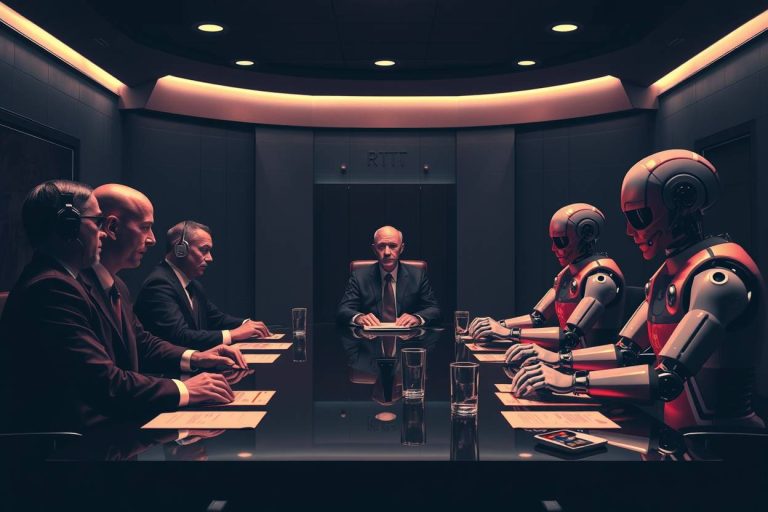AI Agents and human collaboration: a manager’s playbook for smooth transition

Why is Integrating AI Agents challenging for teams?
Integrating AI agents and human collaboration into a team is one of the most complex leadership challenges today. It is fundamentally different from rolling out a new CRM or project management tool. The process requires a manager to be a strategist, a change agent, and a systems architect, navigating issues that are as much about human psychology as they are about technology.
This isn’t just a new tool; it’s a new kind of “teammate” that can challenge an employee’s sense of value and expertise. The introduction of an AI agent that can perform tasks once done by a human expert forces a re-evaluation of roles and contributions. This is the central friction in human-agent teaming, and it must be managed with foresight and empathy.
Key Takeaways
- Start with a Clear Strategy: Target repetitive, data-heavy tasks first and set firm boundaries for what the AI agent is not allowed to do.
- Manage the Human Element: Proactively address your team’s fears by framing the agent as a tool that helps them, not one that replaces them.
- Redesign the Workflow: Don’t just add the agent to an old process; create a new human-AI workflow where the agent handles repetitive work and humans focus on strategy.
- Plan for Failure: When the agent makes a mistake, fix the underlying process (like the prompt or data), not just the single incorrect output.
- The Manager is the System Architect: The leader’s new role is to design, oversee, and continuously refine the entire human-AI system.
This new reality requires a shift in the manager’s role from supervising tasks to designing and refining a hybrid human-AI workflow. The focus of managing autonomous employees—both digital and human—is on architecting a system where each part contributes its unique strengths. This guide provides a playbook for that architectural process.
The Strategic Planning Phase: A 4-Step Framework Before You Begin
A successful AI agent workflow integration begins long before the technology is introduced to the team. It starts with a clear, deliberate strategy.
When considering where to start, use the “TDR” Framework to find low-risk, high-impact opportunities. Look for tasks that are:
- Time-consuming
- Data-intensive
- Repetitive
Starting with processes like market data gathering, first-draft report creation, or customer ticket categorization allows the team to see immediate benefits without disrupting core strategic functions.
Clarity is essential. The goal of augmenting teams with AI is to make your best people better, not to replace them. For a chosen workflow, clearly map out the 80% of the task an agent can handle (the standardized, predictable parts) and the critical 20% that requires human strategic judgment, creativity, or final approval. This model provides a clear and non-threatening vision for the team.
An unconstrained agent is a liability. Before deployment, you must establish explicit rules about what the AI agent is not allowed to do. These AI agent instructions act as critical guardrails.
- Example: “Do not contact clients directly via email.”
- Example: “Do not make final budget approval decisions.”
- Example: “Do not access personally identifiable information (PII) from the HR database.”
While efficiency is a benefit, success should be measured by how the integration empowers your team. Focus on metrics that reflect this goal:
- Increased Team Capacity: The number of new projects or higher-value tasks the team can now take on.
- Reduced Error Rate: The percentage decrease in errors for data-intensive tasks.
- Time Re-allocated to Strategic Work: The number of hours per week the team now spends on high-value activities instead of repetitive tasks.
Leading the Human Side of AI Integration: A Manager’s Communication Playbook

The human element is where most AI agent workflow integration plans succeed or fail. Your ability to lead through this change is your most important function.
Craft your announcement carefully. Start by explaining the “why”—the strategic benefit to the team and the company. Frame the agent as a “team tool” designed to remove tedious work and free them up for more interesting challenges. Acknowledge that this is a change and that you will navigate it together.
Resistance to AI agents and human collaboration is normal and comes in several forms.
- The Expert: This person’s identity is tied to their deep knowledge, and they may feel threatened by an AI that can access that knowledge instantly. Strategy: Involve them directly in training and validating the agent. Frame them as the “expert consultant” whose job is to make the AI smarter.
- The Luddite: This person may have a general fear of technology or job displacement. Strategy: Start them with a very simple, high-benefit use case that directly reduces their most disliked task. A quick win can build confidence.
- The Over-Enthusiast: This person may overestimate the AI’s capabilities and become frustrated when it fails. Strategy: Task them with “red-teaming” the agent—finding its limits and reporting on its failure points. This channels their enthusiasm productively.
Successful human-agent teaming requires new skills. As a manager, you must actively foster them.
- Implement “Prompt-a-thons”: Hold workshops where the team competes to write the most effective prompts for a specific task.
- Conduct “Critical Review” Sessions: Regularly review AI-generated outputs as a team to identify flaws and train the team’s critical eye.
- Host Workflow Design Workshops: Whiteboard sessions where the team maps out existing processes and collectively decides where and how to integrate an agent.
How to Redesign a Workflow: A Practical Example
Abstract models are useful, but a concrete example makes the potential clear.
- Before (Human-Only): A sales representative manually researches 50 leads on LinkedIn, writes personalized emails for each one, and logs the activity in the CRM. This process is time-consuming and limits the volume of outreach.
- After (Human-Agent Teaming): This becomes a classic human-in-the-loop AI agents model.
- The AI Agent’s Role: It conducts the initial research on 200 leads, scores them based on predefined criteria (e.g., company size, industry), and drafts a personalized first-touch email for each of the top 50 leads, complete with relevant talking points.
- The Human Sales Rep’s Role: The rep now acts as a strategic reviewer. They spend their time reviewing and customizing the AI’s high-quality drafts, handling the replies from interested leads, and focusing on building client relationships—the work that actually closes deals.
What Happens When the AI Fails? A Manager’s Response Plan

Failure is not a possibility; it is a certainty. A core part of managing autonomous employees is having a plan for when your digital ones fail.
- Technical Failure: The AI agent’s tool broke or an external system it relies on is down (e.g., an API is unavailable). This is an IT or engineering issue.
- Contextual Failure: The agent misunderstood the goal, lacked the right information, or made a logical error. This is a management and training issue that you are responsible for fixing.
When a contextual failure occurs, do not just fix the output. Fix the process.
- Isolate: Immediately pause the agent’s task to prevent it from making more errors.
- Diagnose: Analyze the agent’s log or “trace” to identify the root cause. Was it a poorly worded prompt? Was it given bad data? Did it choose the wrong tool for the job?
- Refine: Use your diagnosis to improve the system. This could mean rewriting the agent’s prompt, updating its knowledge base, or providing targeted retraining to the team member who initiated the task.
Conclusion: Leadership is the Human-in-the-Loop
The conversation around AI agents and human collaboration often focuses on the technology itself or the experience of the frontline employees. However, the manager is the most critical human-in-the-loop of all. They are the designers of the hybrid system, the arbiters of its output, and the leaders of the human team that must operate within it. The success of any AI agent workflow integration is ultimately not a technical challenge, but a test of leadership. It demands a new kind of manager: a clear-eyed, empathetic, and strategic systems architect.




